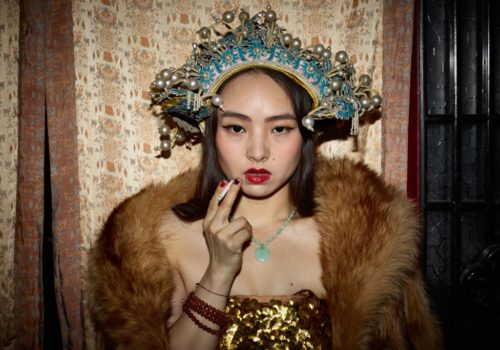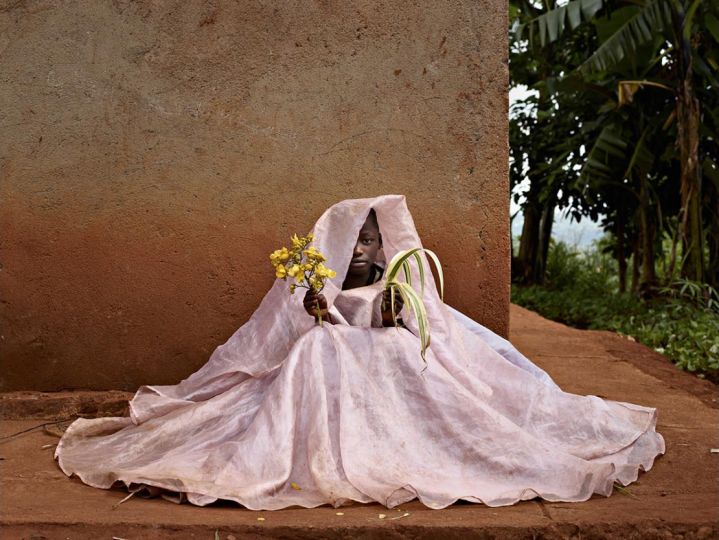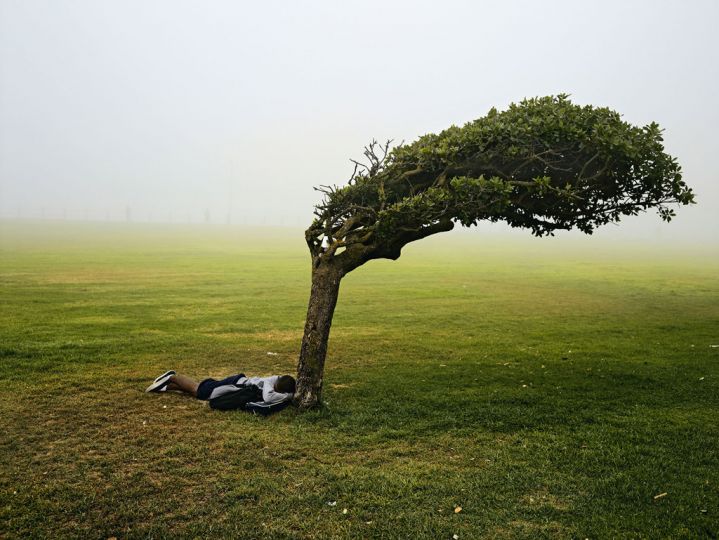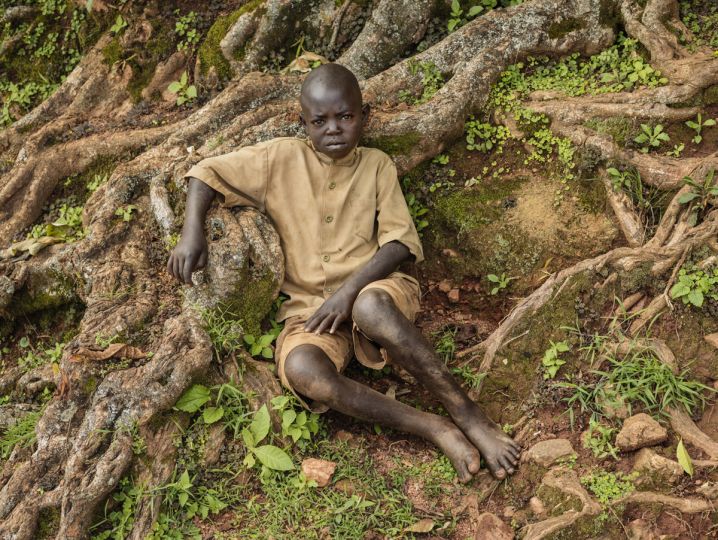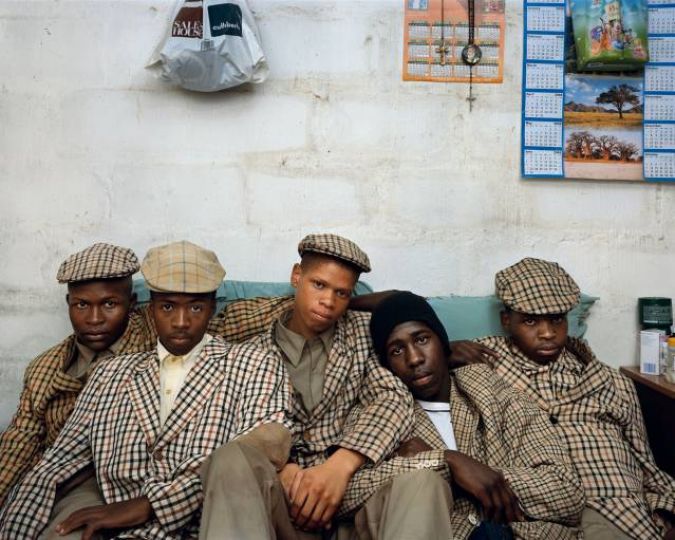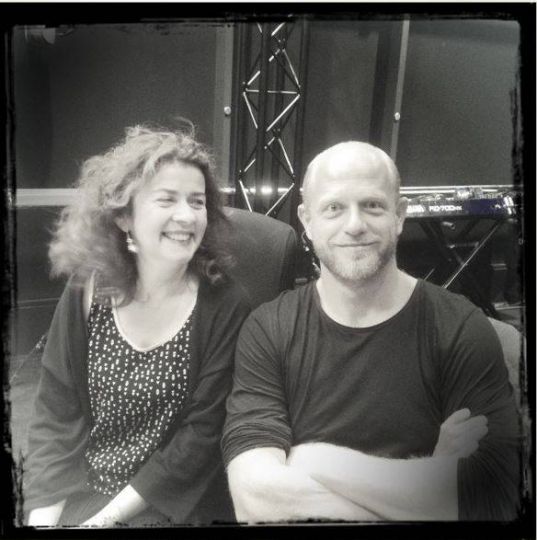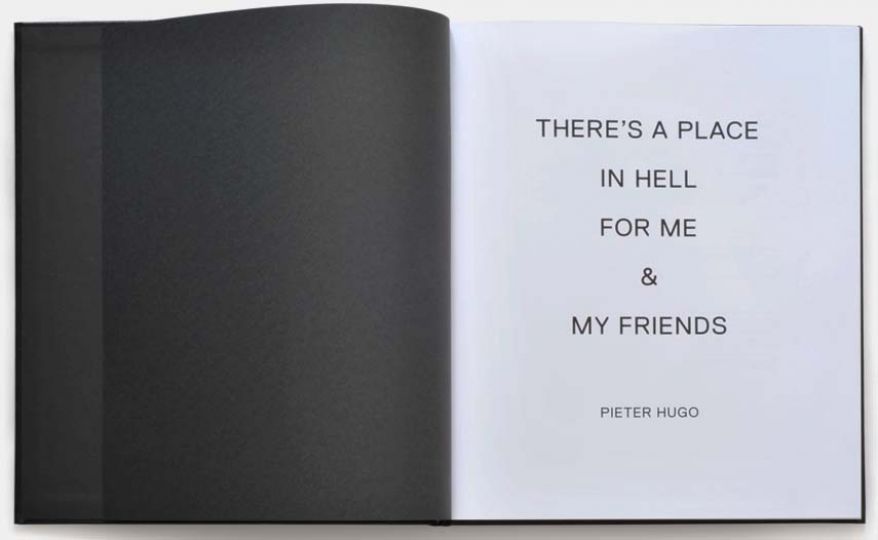Pieter Hugo’s photographs are “Peripheral Dispatches” – peripheral communications, notes from the fringes and the friction zones. His works emerge in realms outside the norm, in unsecured regions and uncomfortable places of transition. Pieter Hugo seeks out the reality beyond clichés. He takes photographs in those places where societal conventions are dissolved, where norms crumble away, and where groundless and structureless things proliferate. He looks beneath surfaces and does not expose or embarrass anyone. He knows that beauty and poverty, vulnerability and dignity are not mutually exclusive – and that there is no such thing as a world without contradictions.
In South Africa and Rwanda, Hugo photographed children who were born after 1994. These portraits were taken outdoors in nature. Inevitably, they evoke the romantic cliché of an “idyllic” childhood in “unspoiled” nature. Yet the landscape surrounding the villages is loaded with significance – soaked in the blood of the Rwandan genocide, permeated with arbitrary property lines in South Africa. The children are too young to have experienced the horrors of the genocide or the brutality of the Apartheid regime; they are growing up in a comparatively peaceful environment. Nevertheless, it seems that in their earnest faces, we can read that the past has cast its shadow over the future.
San Francisco’s Tenderloin District is a socially troubled area with a high rate of homelessness, alcoholism and drug addiction. It is an “outsider” district located directly in the center of a city in which the “freak” scene (still) asserts itself in contrast to the digital economy of the nearby Silicon Valley. For Pieter Hugo, “it feels like an anarchic community in the midst of a crazy boom (Pieter Hugo on “Californian Wildflowers,” 2016). Here, he openly approached people who met him without fear. They revealed themselves to him in all of their beauty and vulnerability, in their vibrancy and distinctiveness.
The third group of works included in the exhibition, “Flat Noodle Soup Talk,” was produced in Beijing in 2015-16. The South African artist describes the Chinese capital as the most existential place he has ever experienced. Here, too, he sought out areas of friction in which the complexity of modern life becomes visible. “My photographs focused on the contrasts or juxtapositions that animate present-day China”, said Pieter Hugo on “Flat Noodle Soup Talk,” in 2016. With fascination, he observed the lifestyle of a young generation which endures the contradictions of living in a government-monitored, post-revolutionary consumer society. In his accompanying text to an exclusive portfolio of the series which was published by Monopol in July 2016, Jens Hinrichsen wrote: “From the surface ‒ the officious images ‒ to the deep, not always beautiful soul of the society – Hugo effectively portrays his exploration of Beijing as a movement from the outside into the core.”
Pieter Hugo, Peripheral Dispatches
February 11 – April 15, 2017
Priska Pasquer Gallery
Albertusstr. 18
50667 Cologne
Germany

